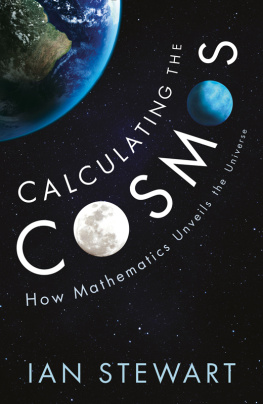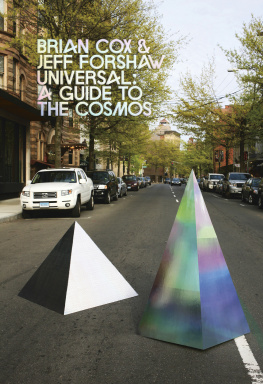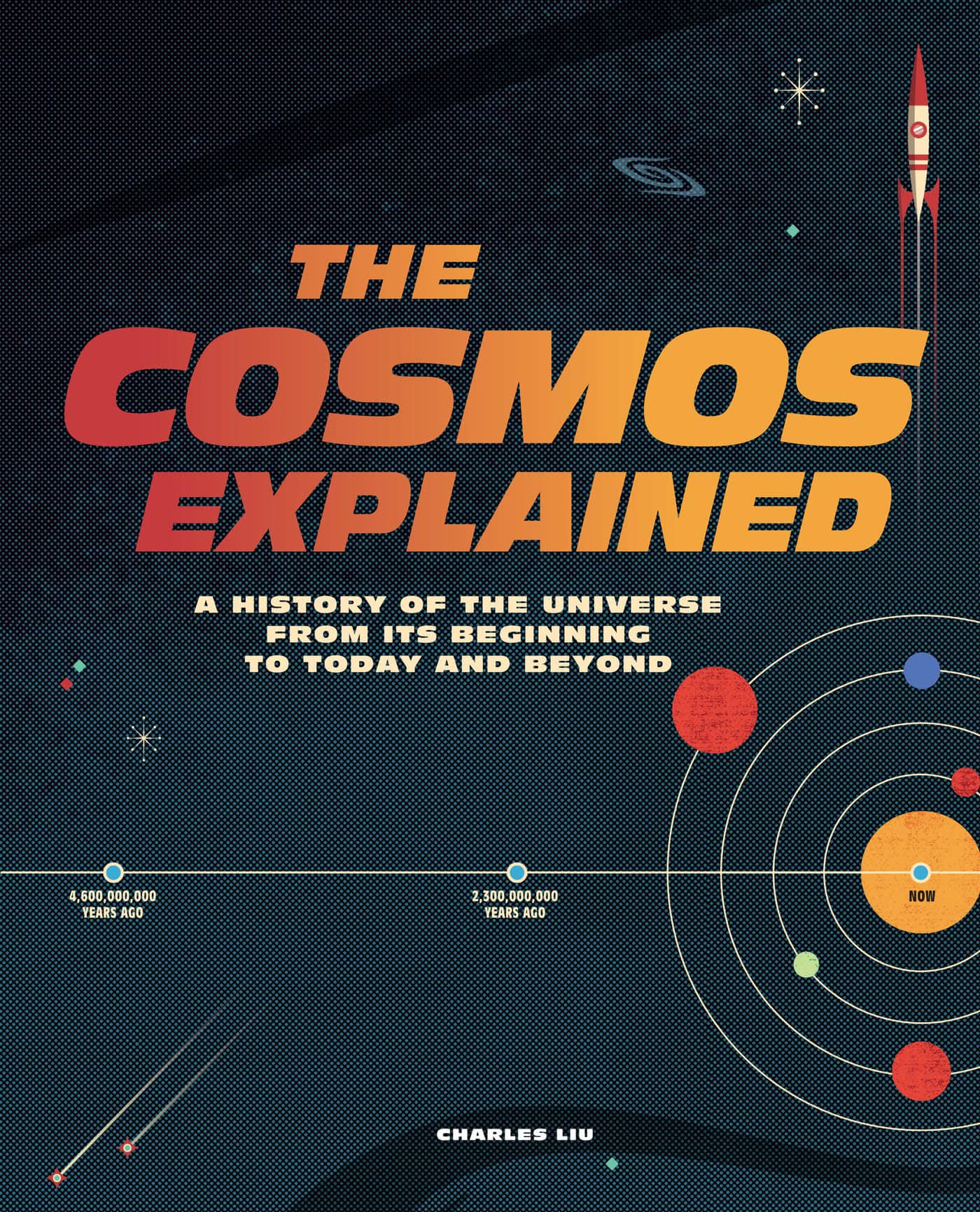Contents
Page List
Guide
Cover
THE
COSMOS
EXPLAINED
A HISTORY OF THE UNIVERSE
FROM ITS BEGINNING
TO TODAY AND BEYOND
CHARLES LIU
ILLUSTRATIONS BY
MAKSIM MALOWICHKO
Contents
Introduction
The beginning. The past. The present. The future. The end. We humans are creatures of time, bound by the limits of before and after. We always want to hear entire stories from start to finish. We humans are also creatures of curiosity, endlessly asking questions about every part of every story. We search continually for answers, and pause only when we obtain a satisfactory explanation for a moment, anyway, until inevitably we inundate ourselves with a fresh flood of questions.
These two great impulses to want to know the whole story, and to need to know the reasons behind it come crashing together in the telling of the ultimate tale: the story of everything that exists. The universe contains all of space, matter, energy and time! In our limited lives, it may seem optimistic to think we can learn anything more than a tiny bit about the cosmos, never mind that we might contemplate the whole thing all at once. We exist in the present; can we possibly hope to see through the past towards the cosmic origin, or into the future towards the cosmic finale?
Amazingly, we can and we have. Just as we humans have written down our history for future generations to read, the universe has left records, too. All we have to do is to learn the languages in which they were written. The scripts of science the prose of mathematics and the poetry of astronomy, physics, chemistry and biology are how we can explain the cosmos.
In the theory of relativity, Albert Einstein explained that every interval of time in the universe has a start and an end. Cosmic history is thus a vast web of beginnings and endings. Our own strand of it runs unbroken from the Big Bang and the expansion of space to the separation of forces, the creation of matter, the formation of stars and galaxies, and then the birth of the Milky Way, the Sun, Earth, life and us. With science we can look far ahead in time as well, and predict an end to the stars and planets and perhaps ultimately even black holes and all of matter itself. The universe will then live on, dark and still, until what? Although for now, we only see the future through a glass darkly, the forward progress of science will bring us ever clearer vision. Hopefully, then, someday we shall know.
And the present? It is today. You are here. I am honoured and humbled to share with you the story of the cosmos, explained thanks to the combined work of scientists throughout human history, and told here from its beginning to this moment in time and beyond.
The First Quadrillionth of a Quadrillionth of a Second
The Cosmos is Born
A birth, as a mother will tell you, is momentous, miraculous and messy.
The first instants of a life are filled with activity that should follow a reasonably predictable order of events, but always winds up wrapped in the utter chaos of unexpected occurrences that seem to arise from nowhere. In the blink of an eye, something that does not have its own existence comes into being and history will never be the same again.
The birth of time has exactly this character, although its wilder by far than our own modest beginnings. At the origin of everything, the life of the universe begins with a dazzling, explosive expansion the Big Bang. The laws of physics predict that the expansion should continue without interruption, at a smoothly changing rate; but then, an unpredicted infusion of energy, seemingly coming from nowhere, inflates the universe almost beyond recognition. The nascent patterns in the dense energy within space and time freeze into place. The universe eventually settles back into smooth expansion but not before its size, shape, character and history have been irreversibly transformed as the cosmos comes into existence.
One huge difference, however, contrasts the beginning of a persons life and the beginning of the cosmos. Time, space, matter, energy and the rules of nature that govern them exist while a human baby is a foetus, or an embryo, or even a blastocyst. There is, on the other hand, no prenatal phase for the universe there is no before. So what made time begin to tick? Nothing comes from nothing. Or does it? Could the universe truly have arisen from a void?
Incredibly, we must look beyond time and space for the answer. It boggles the mind to have to get to grips with the idea that the universe arose from an environment where our current laws of physics do not apply yet it is the best way, and maybe the only way, to make sense of it all. With our limited grasp of what is and can be, we return to our own human birth process for analogies. A pre-person is nurtured in a womb; was there a super-dimensional multiverse that provided the conditions to produce our universe? An event perhaps a set of events and conditions causes one special human cell to grow, multiply and ultimately develop into a unique human being. What event or conditions could possibly make a universe?
How fitting that we should begin the timeline of the universe with some of the most challenging mysteries that humanity has ever faced. Undaunted, we do our best to apply the tools and methods of science the remarkably successful system we have developed over the centuries to seek answers about the natural world to the very start of cosmic time. So far, we have many more questions than we have answers exactly what wed expect at the earliest possible edge of discovery.
The Planck Time
At the moment of the Big Bang, the universe had zero volume and infinite density.
Such an object is called a singularity, and the laws of nature as we understand them dont work in it. How long was it, then, before the laws of nature did start to work?
We dont yet know for sure, but we know of an upper limit to that time interval. We are guided by two fundamental scientific theories: quantum theory and the general theory of relativity. Each theory has a length scale, called the Compton wavelength and the Schwarzschild radius respectively, within which certain fundamental measurements are impossible. When those limits match one other in a single object, they are each about 1035 metres 1 hundred-millionth of a trillionth of a quadrillionth of a metre in size and the time that it would take a beam of light to span that distance is just 1043 seconds 1 ten-millionth of a billionth of a trillionth of a quadrillionth of a second!





















